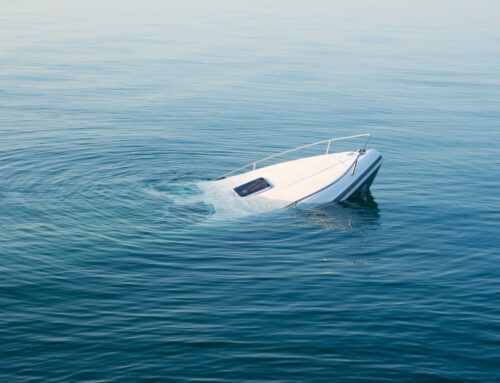Each and every year, Americans become severely injured and even lose their lives due to fires. The American Burn Association estimates that 10 may lose their lives while hundreds will require medical attention for the severity of their burns. If you or a loved one has dealt with a serious burn, it’s critical to explore more about burn injuries to determine if you should file a claim for compensation.
Types of Burn Injuries
Burn injuries can happen in a number of different ways – and understanding them all can help you to determine if you have a case. Open flames are the most obvious reason for a burn, but they can happen elsewhere, too.
There may be a hot surface, electrocution, or even exposure to an acidic or hazardous substance. Fires and explosions may occur as well, creating more damage as well as more severe injuries.
Not all burns come from fire. Some of the burns that exist include:
- Friction burns (these happen when an object rubs onto the skin)
- Cold burns (commonly known as frostbite)
- Thermal burns (touching a hot object, fire, and steam result in this type of burn)
- Radiation burns (sunburn and exposure to radiation therapy can cause these)
- Chemical burns (acids, detergents, and solvents can touch the skin and burn)
- Electrical burns (anytime an electrical current is involved)
Knowing what you came into contact with in order to experience the burn will be vital when determining not only the type of burn but what needs to be done to treat it. In most instances, it will be easy to know what caused the burn.
Once you know what caused the burn, it’s important to know how it happened – a defective product that overheated or burst into flames, insufficient signage, or even a lack of personal protective equipment may be the culprit.
The Severity of Burn Injuries
Burns are categorized into first-degree, second-degree, and third-degree based on severity. The Centers for Disease Control (CDC) has established these categories based on specific symptoms.
- First-Degree: A first-degree burn will redden the skin and cause mild sensitivity for a day or two. In most instances, basic first aid can be applied to help with the healing. In the event that an infant or senior experiences such a burn, they should be taken to see a medical professional to rule out the possibility of infection.
- Second-Degree: A second-degree burn will be more painful and often result in blistering. If untreated, it can lead to scarring and infection. Depending on the affected body parts, the patient may experience extended and extreme pain. Medical attention should be sought regardless of age.
- Third-Degree: A third-degree burn is considered life-threatening if a patient isn’t given medical attention immediately. The burn can destroy not only the skin but also tissue, muscle, and bone. Some patients may not report pain due to their nerves being impacted. Hospitalization and rehabilitation may be required in order to completely heal.
In some instances, medical professionals will identify burns as fourth, fifth, or even sixth-degree as well. The CDC does not discuss these categories simply because the burns are so severe that they are generally not survivable.
In some instances, the burn is only one of the injuries that are sustained. If there was a fire, there may be additional injuries, including respiratory issues. Smoke, hot gases, and oxygen-depleted air could be inhaled, leading to a number of health problems. This is another reason why it’s critical to know all that happened – medical professionals will need to know how to treat you. Further, it will be used when determining if you have a case and what kind of compensation may be deserved.
Liability in Fires & Burns
Experiencing a fire can be scary – and the burns that follow can take a significant amount of time to recover from. It’s not just about healing from the burns medically, however – there may also be stress when visiting the place where the fire happened or using a product similar to what caught on fire. There may also be depression due to a new appearance following the fire. Future earnings may even be impacted because of losing the ability to perform as you did prior to the burn injury.
This is when you have to look at who may be liable for the burn injury. You’ll want to explore the source of the fire as well as the severity of the injuries. The easier it is to prove liability, the easier your case will be.
In some instances, the manufacturer of a faulty product may be to blame. In other instances, it could be an employer or another party entirely. An investigation can be conducted to determine fault.
There’s no reason why you should be responsible for the medical costs, the rehabilitation, and all other expenses if there’s someone who should be held liable – and this is when it’s critical to seek out the help of a professional personal injury lawyer.
It may take time to build a case based on establishing evidence and convincing arguments as to why a particular party is to be held responsible. Your ability to secure compensation will depend on the evidence and arguments.
How much compensation can you look forward to? This will vary dramatically from case to case. It will depend on how the fire started, the level of your injuries, the cost of your medical bills, and how impacted you will be by the accident in the long-term. By working with a lawyer, you can ask questions and learn how a personal injury case will work.
It’s important to know that there is no need to go through this alone. At Allan Berger & Associates, we have personal injury lawyers in New Orleans to help you establish liability and walk you through the details of a claim. We have a significant amount of experience, and we’ll set you up with a consultation to discuss your case. Call us at 504-526-2222 today or contact us through our website.







